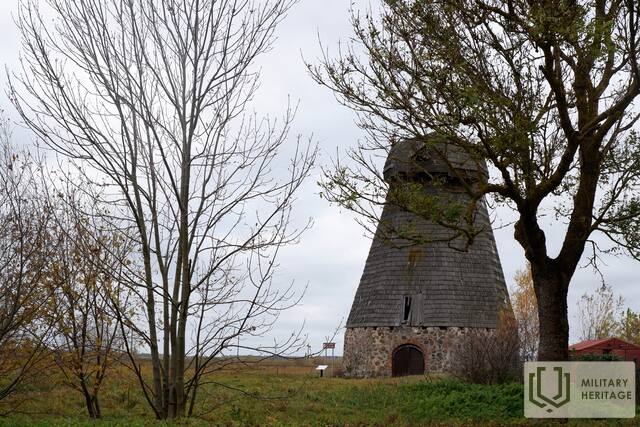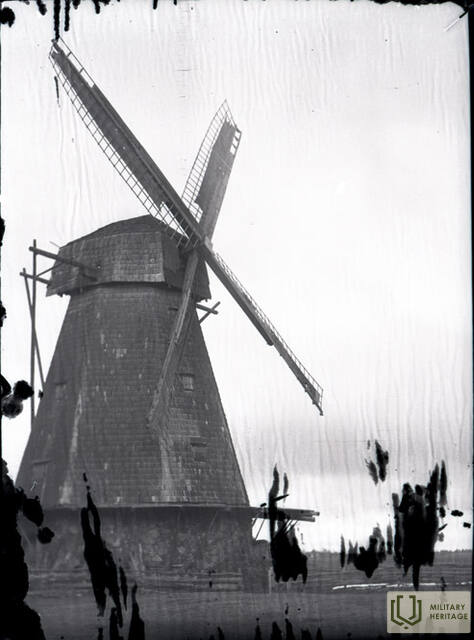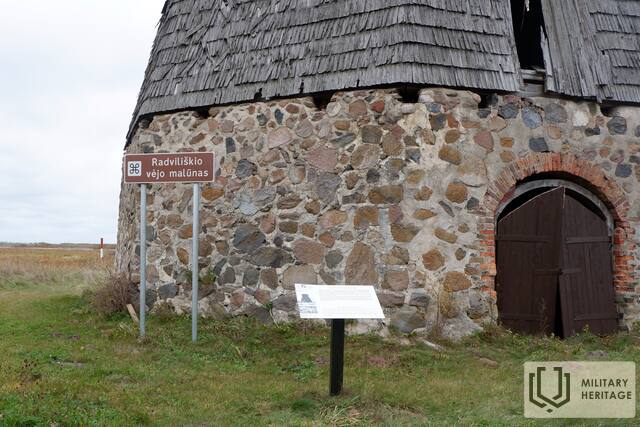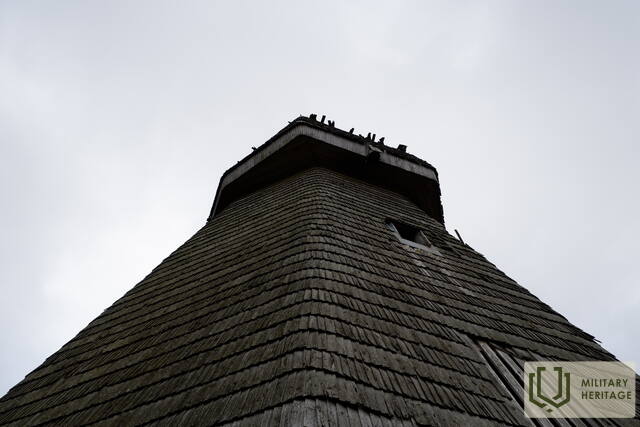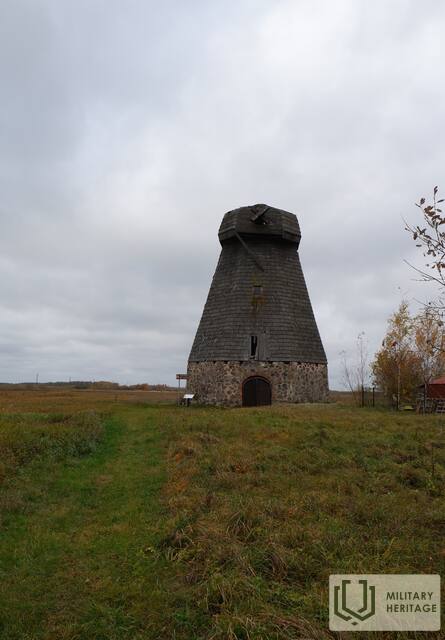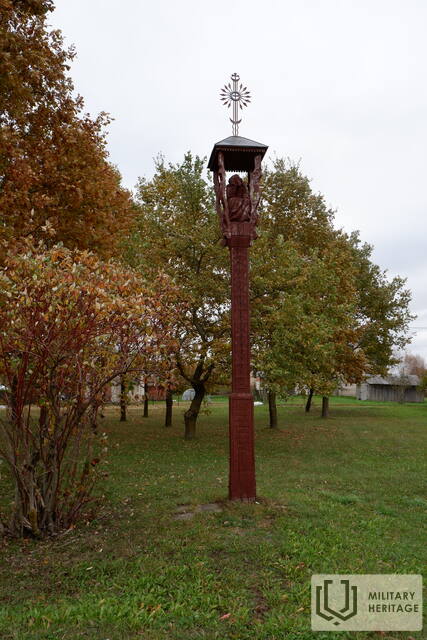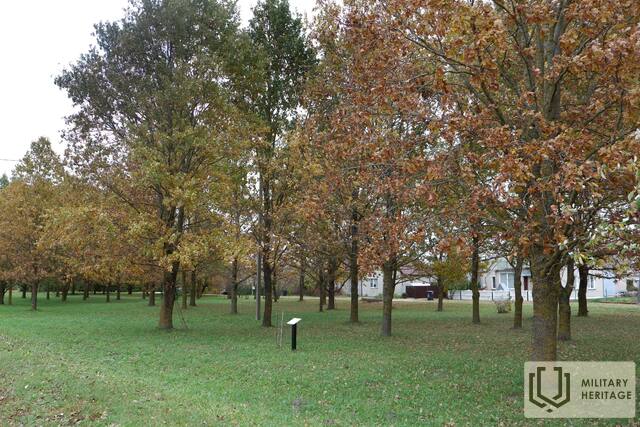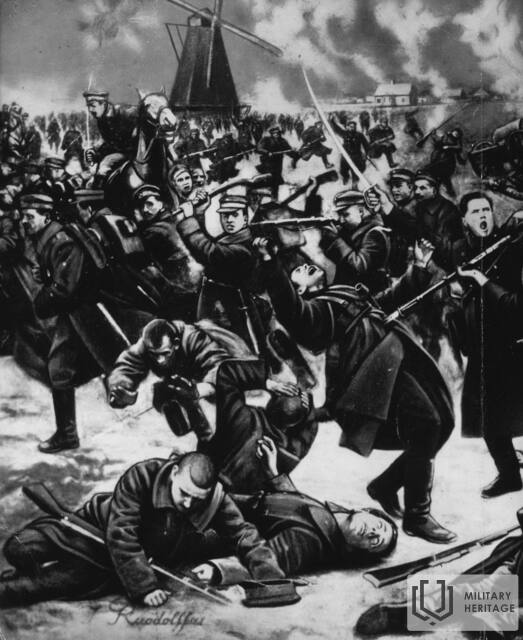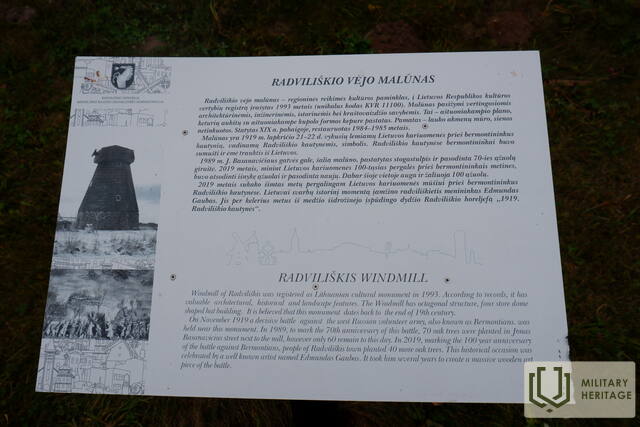Radviliškis windmill Battle site

An octagonal, 4-story wooden mill stands near the outskirts of the city of Radviliškis, in the village of Vaiduliai.
The Radviliškis windmill was built at the end of the 19th century and restored in 1984-1985. It is said that on November 22, 1919, the famous battle of the Lithuanian Volunteer Army with the Bermontinkai – a provocative Russian military unit – took place near the mill. When the Bermontinkai captured Radviliškis – an important railway junction, Lithuania’s independence was in danger. The 2nd Algirdas Regiment, led by Lieutenant Colonel V. Grigaliūnas-Glovakkis, was entrusted with the task of recapturing Radviliškis.
About 30 Lithuanian soldiers died in the battle, but the fighting ended in a Lithuanian victory. According to volunteers who participated in the fighting, the entire company went out to attack the mill occupied by the Bermontites, the commander armed with a rifle always attacked first, and the others followed his example, so the mill was taken, and the next evening they managed to take over Radviliškis.
To commemorate the 70th anniversary of the battle against the Bermontites, a chapel pole was erected and 70 oak trees were planted near the mill in 1989. The oak grove was supplemented in 2019, to commemorate the 100th anniversary of the battle.
Although there are versions that the battle itself could have taken place a little further away, at another mill, it was the Radviliškis windmill that became the symbol of the battle. Historical reconstructions of the battle have been held at the Radviliškis windmill more than once, in 2010 and 2014. the battle was recreated by reenactors from military history clubs from Lithuania, Estonia, Latvia and Poland.
Used sources and references:
Related timeline
Related stories
If necessary, we will fight: Battle of Radviliškis with the Bermontites in 1919.
On November 21-22, 1919, fateful battles took place in the city of Radviliškis between the Lithuanian army and the Bermontinians - a joint force of Russian prisoners of war and German volunteers, which ended in a significant Lithuanian victory.




